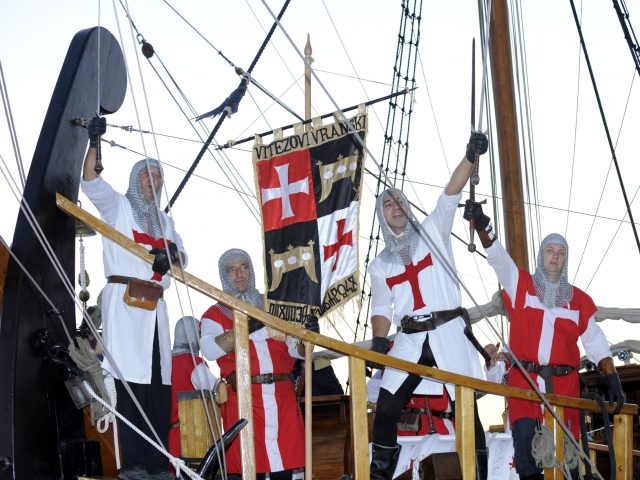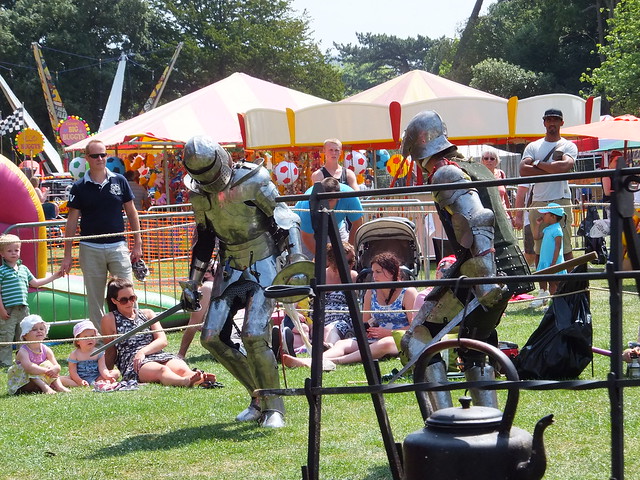The Evolution of Chivalry

Unveiling the Timeless Transformation Across Eras
In the tapestry of history, the concept of chivalry has woven a rich narrative that spans centuries. From the gallant knights of medieval times to the refined gentlemen of the modern era, the evolution of chivalry is a fascinating journey that reflects the shifts in societal norms, values, and expectations.
The Chivalric Code: A Glimpse into the Past
Knights in Shining Armor
In the heart of the Middle Ages, chivalry flourished as a code of conduct that governed the actions of knights. These armored warriors, clad in shining armor, embodied the virtues of honor, loyalty, and courage. The chivalric code dictated their behavior on and off the battlefield, emphasizing not only prowess in combat but also a commitment to justice and protection of the vulnerable.
Courtly Love and Nobility
Chivalry extended beyond the battlefield to the courts of nobility, introducing the concept of courtly love. Knights were expected to demonstrate not only martial skills but also refined manners and courtesy in the presence of ladies. This infusion of romance into the chivalric code highlighted the multifaceted nature of these medieval ideals.
Winds of Change: Chivalry in Transition
Renaissance Reinterpretations
As the Renaissance swept across Europe, chivalry transformed. The ideals of humanism and a renewed interest in classical learning influenced a shift in emphasis from mere martial prowess to a more well-rounded education. The courtly love tradition persisted but was now complemented by an appreciation for arts, literature, and intellectual pursuits.
Chivalry and the Age of Enlightenment
The Age of Enlightenment brought forth a reevaluation of societal values. Chivalry, once deeply rooted in feudal structures, began to adapt to the changing times. The emphasis on reason, individual rights, and societal progress challenged traditional notions, leading to a more nuanced understanding of what it meant to be chivalrous.

Chivalry in the Modern World
Gentlemanly Conduct in the Victorian Era
The Victorian era ushered in a refined form of chivalry, emphasizing gentlemanly conduct and social etiquette. Politeness, respect, and a sense of duty towards women became paramount. The evolving role of women in society prompted a corresponding evolution in the expectations of men, blurring the lines between traditional gender roles.
Chivalry in the 21st Century
In the modern era, chivalry takes on new dimensions. While the armored knights have long faded into history, the essence of chivalry persists in the form of modern gentlemen. Acts of kindness, respect for others, and a commitment to integrity define contemporary chivalry. The focus has shifted from protecting damsels in distress to fostering inclusivity and respect for all.
Conclusion: The Enduring Legacy of Chivalry
The evolution of chivalry mirrors the broader shifts in societal values, reflecting the dynamic nature of human civilization. From the medieval battlefields to the complexities of the modern world, the essence of chivalry endures. It is not confined to a specific time or place but lives on in the hearts and actions of those who strive to embody its timeless virtues.
As we navigate the intricate tapestry of history, one thing remains clear – the evolution of chivalry is an ongoing story, with each era leaving its unique imprint on this noble code of conduct. Feel free to visit Bible Keeper to find more tips and ideas about the evolution of chivalry.





